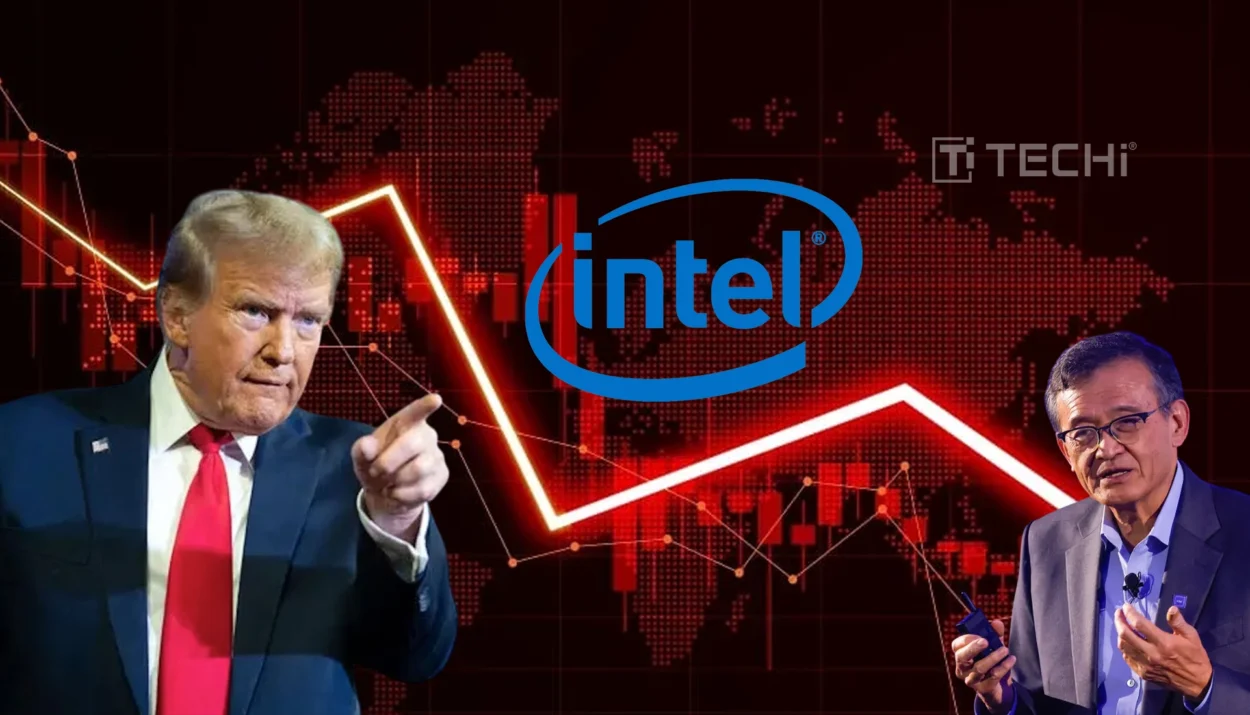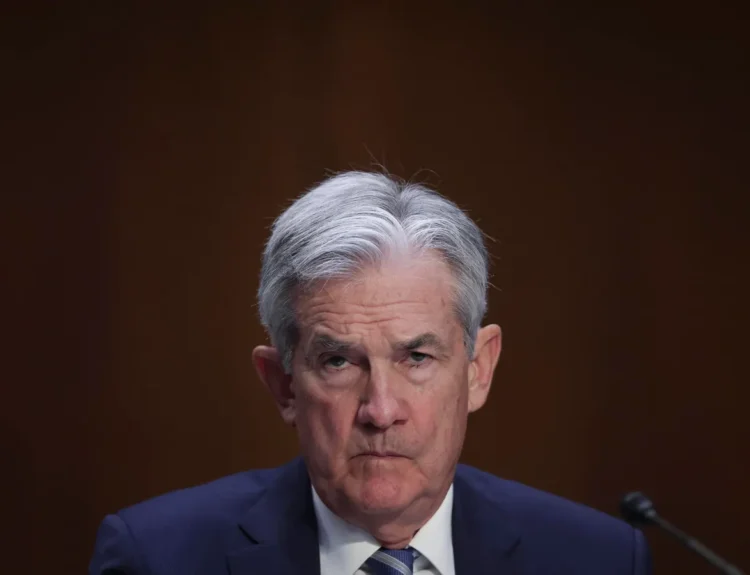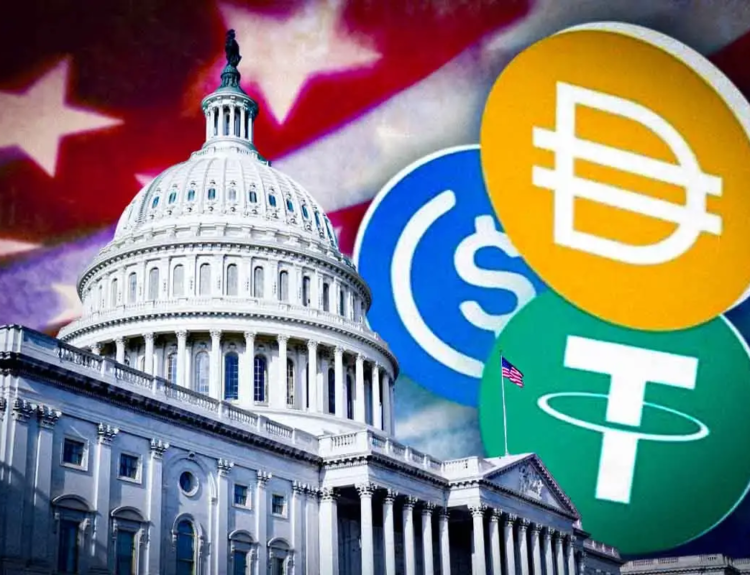According to Bloomberg, the Trump administration is discussing the possibility of the U.S. government taking an equity stake in Intel to support its domestic chip manufacturing expansion, particularly the long-delayed Ohio hub.
These deliberations stem from a recent White House meeting between President Trump and Intel CEO Lip‑Bu Tan. The plan—as described—would involve the government funding the stake. The exact size of the investment remains undecided and flexible.
In response, Intel officially stated:
“We are deeply committed to supporting President Trump’s efforts to strengthen U.S. technology and manufacturing leadership… but we are not going to comment on rumors or speculation.”
Why This Matters
- This initiative is in line with recent federal moves to strengthen critical U.S. industries, like the Pentagon’s $400 million stake in rare-earth supplier MP Materials.
- Intel’s Ohio factory—once billed as the “Silicon Heartland”—has faced repeated delays and escalating costs. The project, estimated at up to $28 billion, is now pushed into the 2030s.
Political and Strategic Context
Just days before this, Trump publicly called for Tan’s resignation, labeling him “highly conflicted” over his business ties to China—a move driven by national security concerns. However, after their meeting, Trump reversed course, praising Tan’s story and signaling future collaboration. (More about: Intel Stock Jumps as Trump Softens on CEO Lip-Bu Tan)
Intel’s financial pressures add urgency. The company is laying off tens of thousands, slashing megafab plans, and facing fierce competition from TSMC and Samsung.
Broader Implications for US Chip Strategy
If implemented, a government stake would reaffirm Washington’s proactive role in revitalizing U.S. semiconductor manufacturing.
Intel remains central to the CHIPS & Science Act goals, which have already provided the company billions in funding for new fabs—but delays threaten the plan’s impact.
| Insight | |
|---|---|
| What’s happening | US government in talks to take a stake in Intel to support expansion. |
| Why now | Addresses delays and cash crunch affecting Intel’s Ohio fab project. |
| CEO development | Trump previously demanded Tan’s resignation, then turned supportive. |
| Strategic weight | Builds on trend of government stepping in to back critical industries. |
| Risks & outcomes | Raises political and economic complexities around public-private ownership. |
Disclosure: This article does not represent investment advice. The content and materials featured on this page are for educational purposes only.
Related:
Trump’s Auto Tariffs Deliver $11.7 Billion Blow to Global Carmakers — No Relief in Sight
Inflation Data, Fed Policy Signals, and Key Earnings in Focus This Week
Trump Explodes Over Nancy Pelosi Stock Ban
Fed Governor Adriana Kugler Resigns, Opening Door for Trump
Trump Imposes New Global Tariff Rates, Effective August 7
What Happens After Tariff Deadline and What Next 72 Hours Look Like for Markets
Trump’s Tariffs Are Real, But Are His Trade Deals Just for Show?










